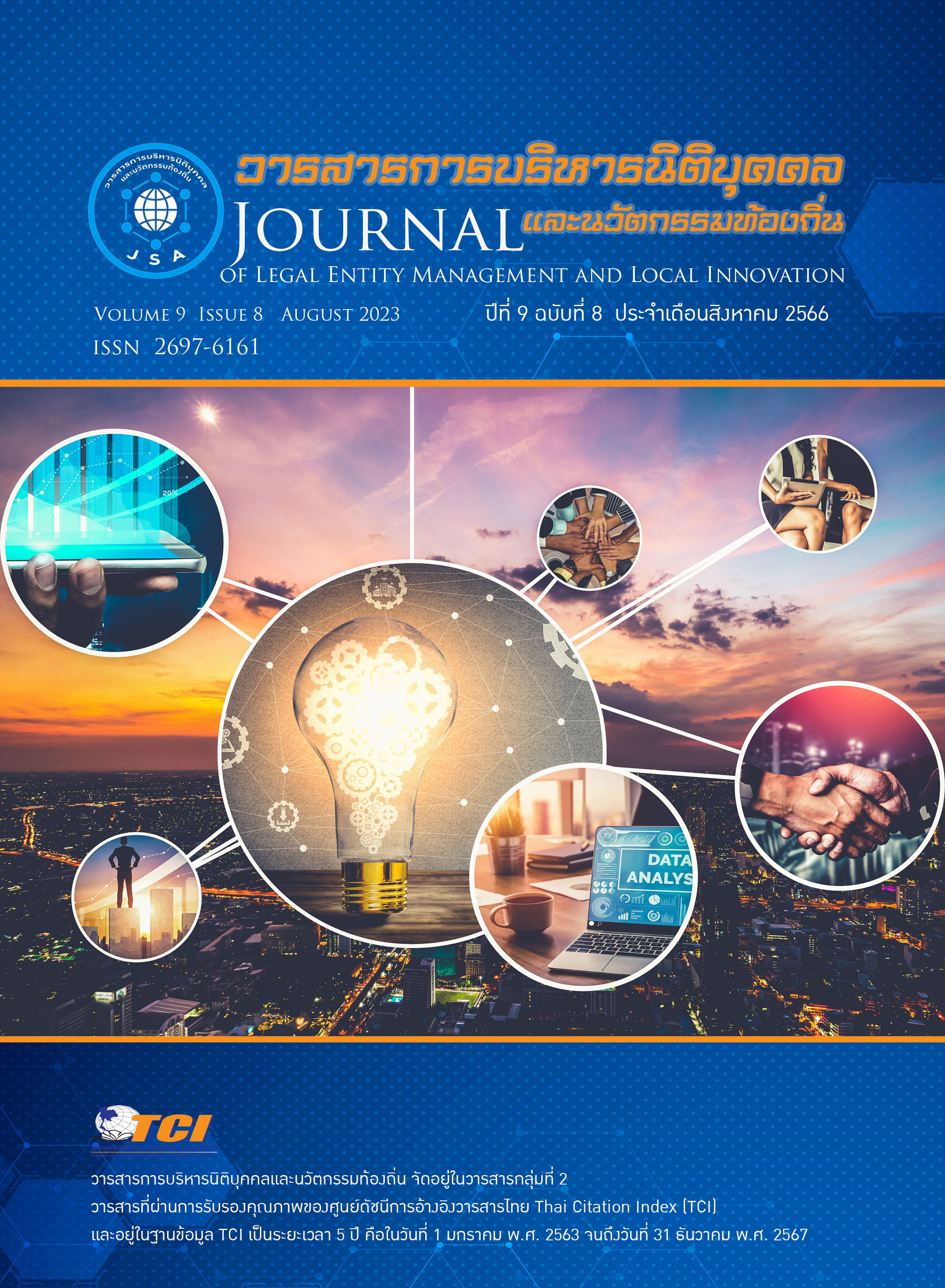The Development of Integrated Marketing and Tourist Attractions of Cultural Tourism along the Trails of Travel Poetry: Niras Meung Petch by Sunthonphu, a Renowned Poet
Keywords:
integrated marketing, cultural tourism, Phetchaburi provinceAbstract
The objectives of this research were: (1) To study the demographic characteristics of Thai tourists traveling to Phetchaburi Province; and (2) To study the relationship between demographic characteristics and the cultural tourism service marketing mix in Phetchaburi Province along the route described in Sunthonphu’s poetic travelogue, the Niras Mueng Petch. The research is quantitative, with a sample consisting of 400 tourists. Data was collected by means of a questionnaire. Statistics used in the study are frequency and percentage. The confidence level of the findings is 95% (i.e. a significance of 0.05). The results indicate that: (1) Of the tourists traveling to Phetchaburi Province, 52.25% were female, 30.00% were 20 to 29 years old, 51.50% held a bachelor's degree or equivalent, 59.00% were married, 37.25% were self-employed, and 27.75% had a monthly income of 15,001–20,000 baht; (2) In general, the tourists’ attitude toward the marketing mix was as follows: The tourist attractions were ready to accommodate tourists. Travel purchases were worth the expense. There were clear price tags on products, food, and souvenirs. Prices of the souvenirs were reasonable. Tourists could easily book accommodation, restaurants, and activities through online media, and travel information was easily accessible through websites. There was continuous advertising and publicity for tourist attractions, and various marketing media were used to promote tourism: the Internet, print media, and television. Staff were capable, knowledgeable, willing, and attentive. There were variety of tourist attractions. The tourist attractions had a beautiful atmosphere. The operating procedure for tourism met the required standard, and prohibitions and suggestions were provided in tourist attractions. There were activities that met the needs of tourists, and skillful and knowledgeable staff provided specific and up-to-date information about tourist attractions.


